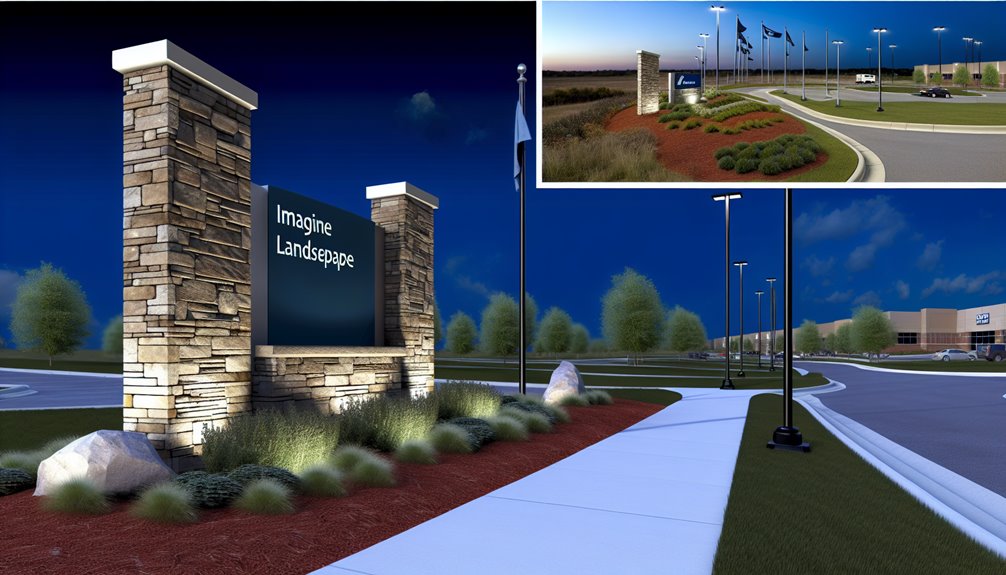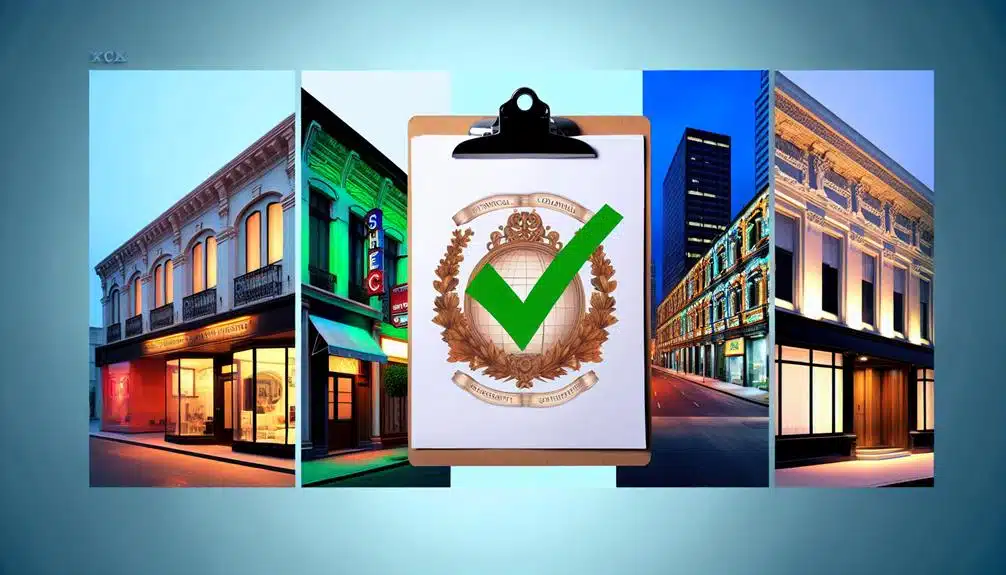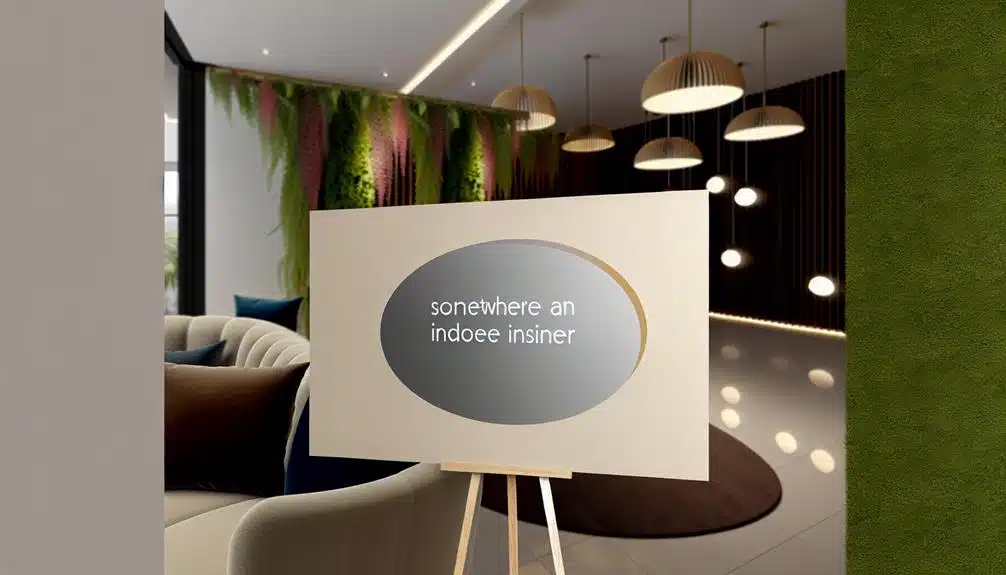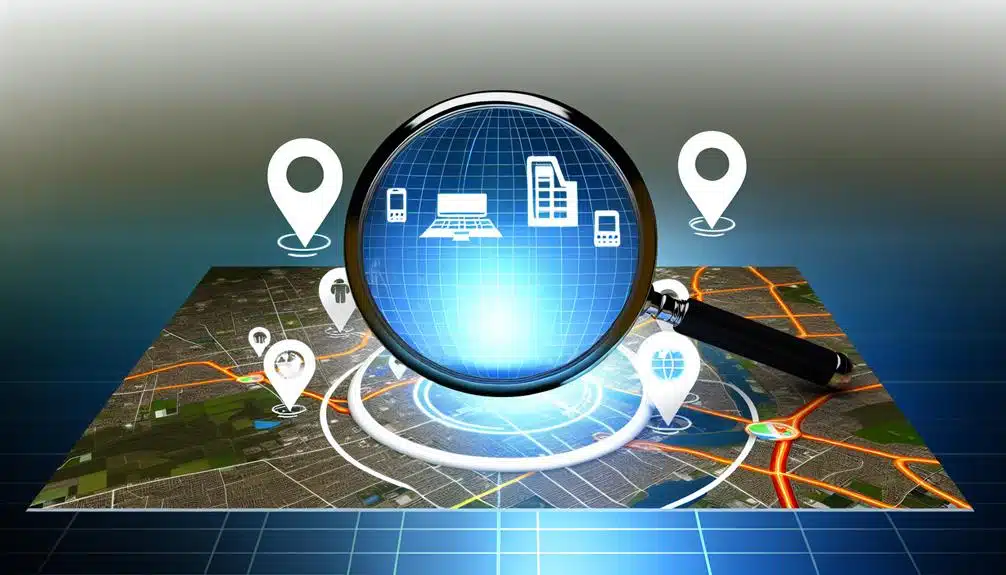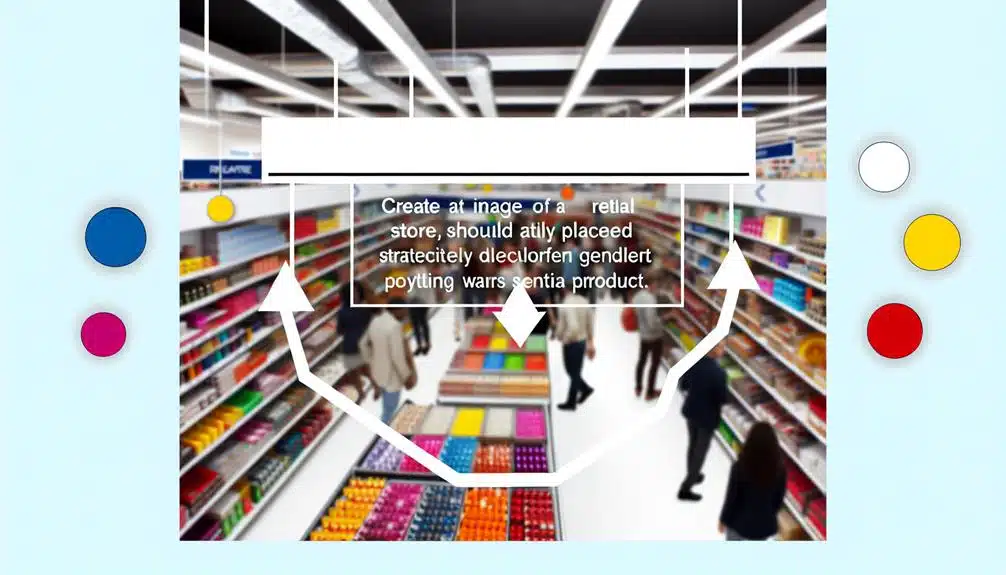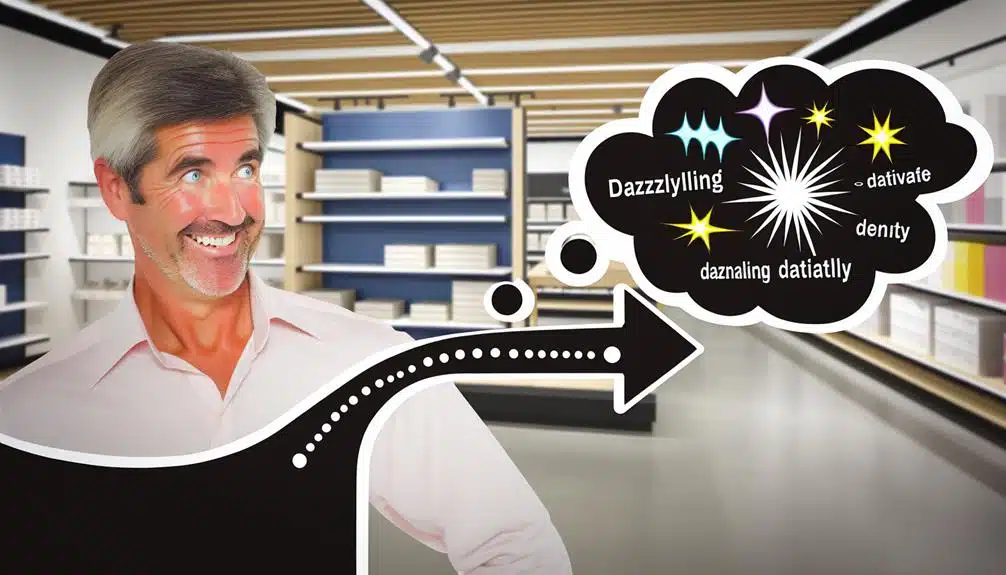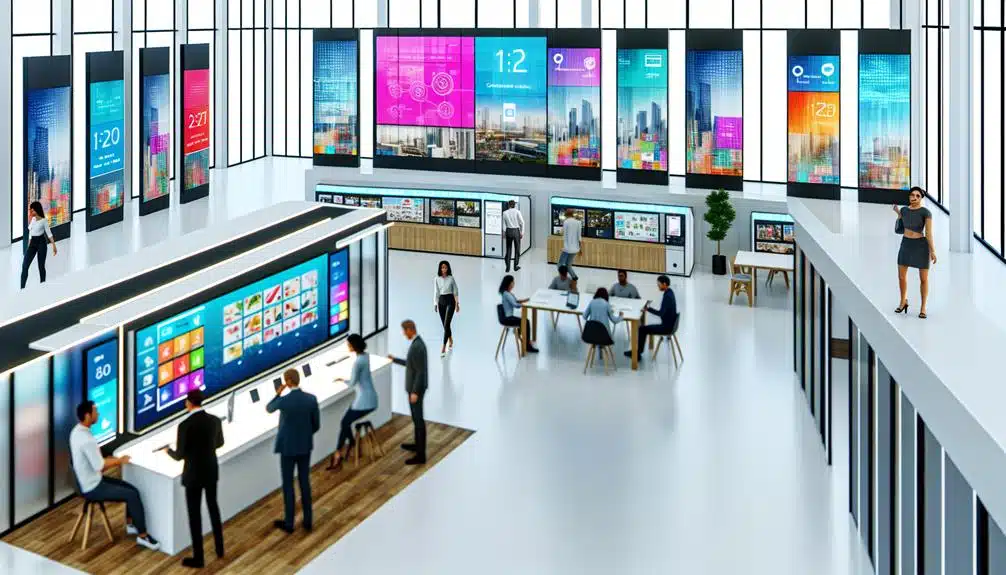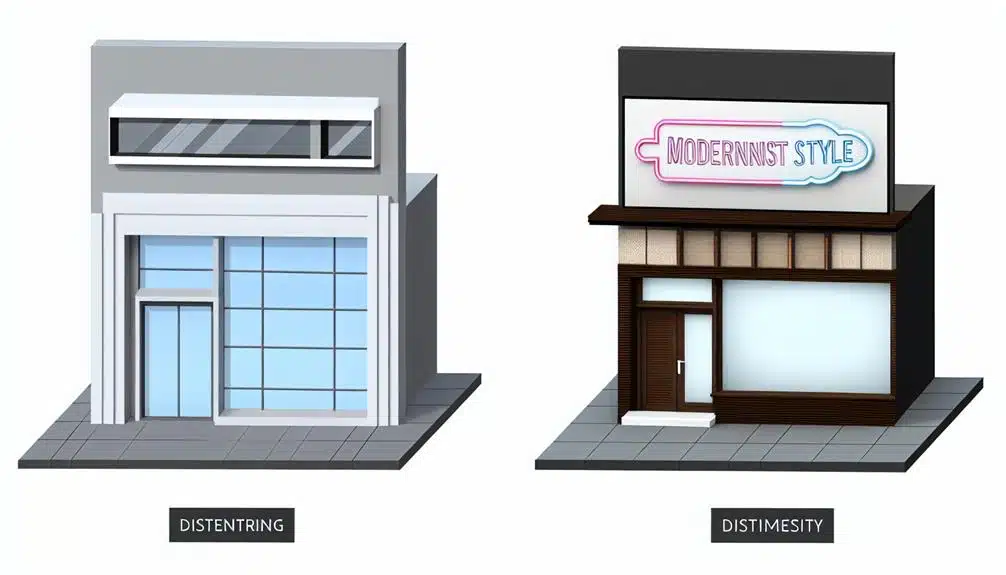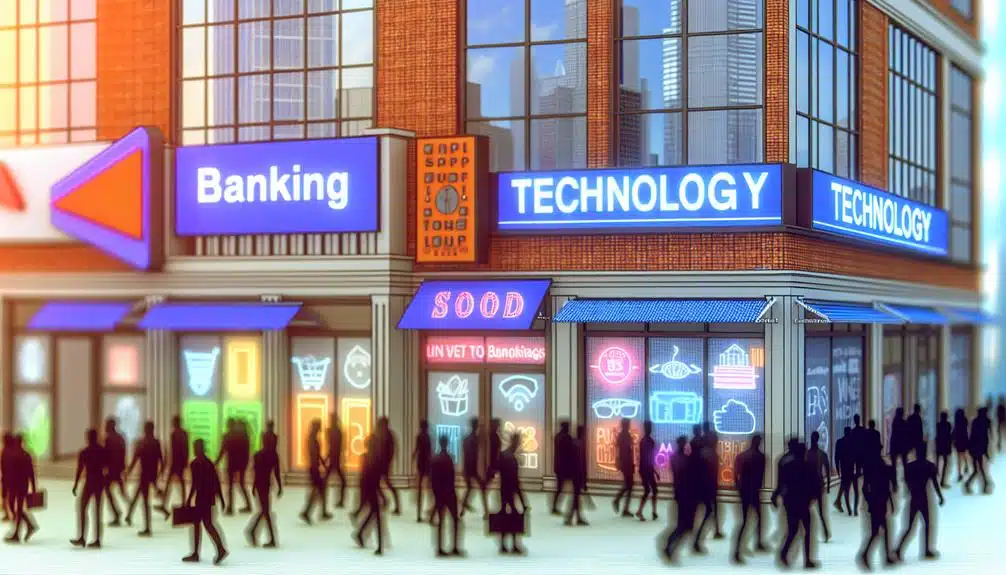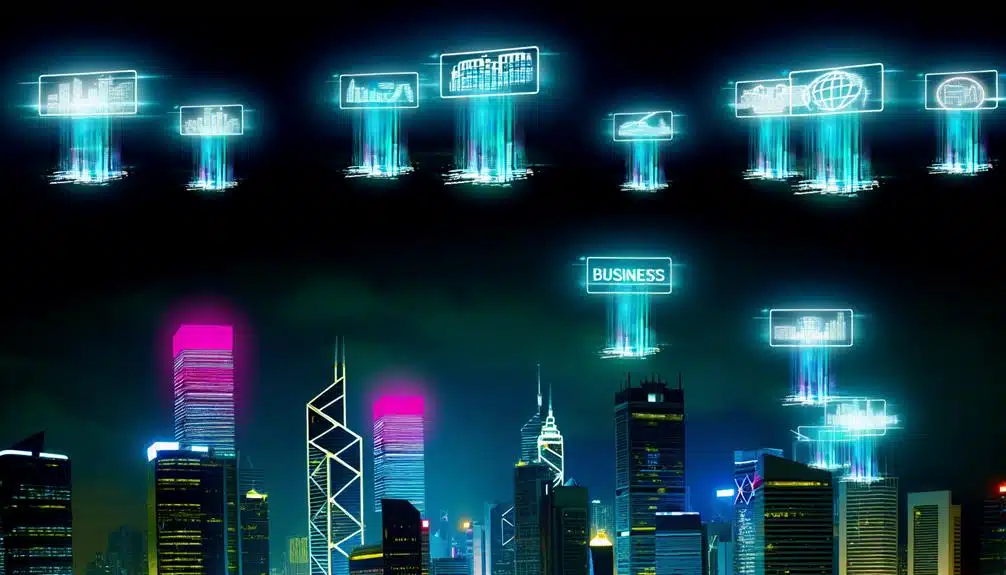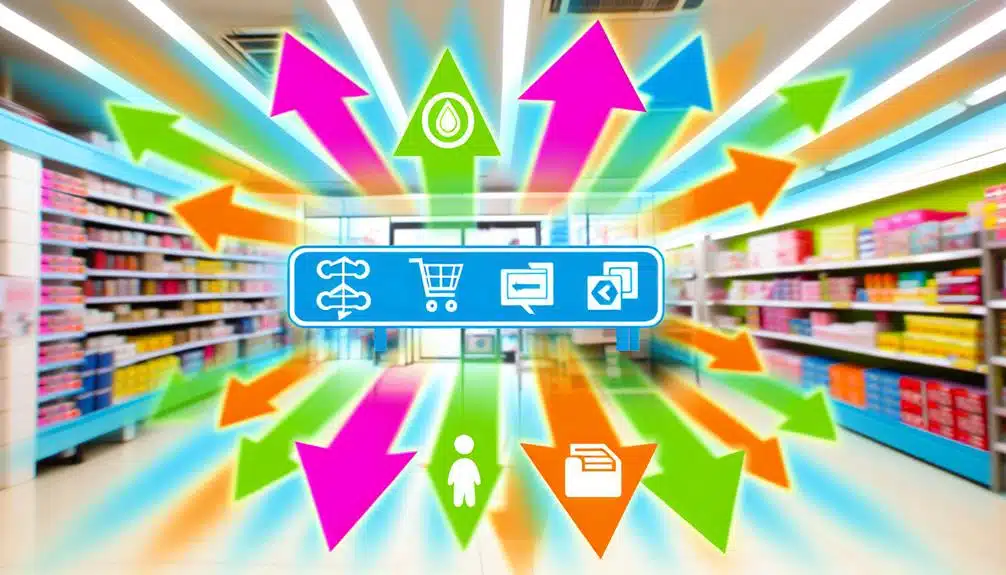in Orange County, California, there is a noticeable trend among businesses shifting towards energy-efficient illuminated channel letters. These signs utilize LED technology, which not only enhances visibility but also provides ample energy savings. Channel letters come in various forms,including front-lit,backlit,and hybrid styles,all of which can be tailored to embody your brand’s identity while improving its visibility. This transition not only reduces operational expenses but also prolongs the lifespan of the signage. With lower energy consumption comes reduced electricity bills and potential eligibility for tax incentives. Investing in these solutions can substantially enhance your brand’s visibility and profitability. If you’re interested in understanding how this process works, we are here to guide you thru it.

Table of Contents
- The Essence of Channel Letters
- The Advantages of Energy Efficiency
- Diverse Types Of Lighted Channel Letters
- A Comprehensive Installation Process Overview h2>
Installing Initially assessing installation sites verifies structures capable supporting weight mounted upon them were expertise installation techniques come into play ensuring perfect alignment secure fixing preventing sagging misalignment later down line .Next outlining project timelines streamlines entire process typically starting pre-installation surveys acquiring necessary permits required beforehand .
Once preliminaries handled physical installations commence depending complexity accessibility ranging from days weeks keeping clients informed throughout stages providing updates adjustments needed along way .During installations strict adherence local building codes safety standards maintained guaranteeing aesthetics preserved longevity ensured throughout life span sign itself .
Our goal executing projects flawlessly leaving no room errors complications arising post-installation phaseMoreover commitment< high-quality manufacturing (ensures every crafted sign reflects values expertise upheld family-owned business spanning three generations.
An In-depth Cost Analysis Savings Breakdown
When evaluating cost analysis associated installing, it becomes imperative consider initial investments alongside long-term benefits accrued over time period involvedExamining comparisons between traditional models versus newer alternatives may reveal higher upfront pricing however breaking down savings illustrates true value gained through adoption innovative approaches available today
In terms savings breakdown consider reduced overall consumption resulting from utilizing led technology consuming far less power compared neon fluorescent counterparts translating directly lower monthly electricity bills experienced regularly
Furthermore led bulbs boast longer lifespans often exceeding fifty thousand hours use meaning fewer replacements required saving maintenance costs hassle frequent upkeep involved
Additionally factoring potential incentives such tax rebates credits offered businesses adopting green tech greatly offsets upfront expenditures accelerating break-even points achieved sooner rather than later
Anaheim Signs focuses on
The Essence of Channel Letters
Channel letters are distinct three-dimensional characters commonly found on storefronts and commercial properties. These eye-catching elements serve as vital tools for branding.
Let’s delve into the specific materials and lighting methods that elevate these signs.
The fabrication of channel letters typically involves materials like aluminum and acrylic. Aluminum is preferred for its strength, lightweight characteristics, and resistance to weather conditions when used for backing and returns. Acrylic serves as an excellent choice for the face due to its smooth surface that effectively diffuses light.
Lighting techniques are crucial for enhancing both visibility and aesthetic appeal of channel letters. The most favored option is LED lighting,known for its longevity and energy efficiency. LEDs deliver bright illumination consistently—essential during nighttime—and can be designed to produce various effects such as halo-lit or face-lit appearances.
Careful consideration of these components ensures optimal impact; selecting appropriate materials guarantees durability while effective lighting captivates potential customers—making your sign a key element of your visual branding strategy.
Moreover, utilizing custom LED channel letters has been shown to boost business visibility by up to 150% within Orange County—a testament to their strategic value in enhancing brand recognition.
The Advantages of Energy Efficiency
Adopting an approach centered around energy efficiency strong >in lighting solutions leads not only to decreased operational costs but also extends the lifespan of our signage systems. By incorporating sustainable practices into our illuminated displays, we reduce energy usage while minimizing our overall environmental impact.
This dual benefit enhances both operational effectiveness within our business framework and also demonstrates a commitment toward environmental responsibility.Investing in advanced technologies focused onenergy efficiency strong >yields significant savings over time; these reductions accumulate gradually offsetting initial upgrade costs associated with more efficient options available today.
Additionally,< strong >lowering power demand strong >contributes less strain on local power grids—especially during peak periods—which benefits the wider community significantly.
Furthermore,< strong >the durability strong >of modern energy-efficient lighting means fewer replacements are necessary over time leading directly towards reduced maintenance needs ensuring consistent performance without frequent interruptions.
We’re not merely cutting costs; we’re ensuring that our brand remains vibrant day after day.Let’s continue setting an example by demonstrating that our operations prioritize responsible choices reflecting core values while supporting community welfare at large.
These initiatives aren’t just beneficial—they’re essential steps toward achieving a sustainable future.
Anaheim Signs leverages expertise withcustom LED signs , integrating state-of-the-art technologies providing clients cost-effective environmentally friendly signage solutions.
Diverse Types Of Lighted Channel Letters
Illuminated channel letters present dynamic opportunities showcasing brands across building facades delivering both enhancedvisibility strong >and design versatility .Exploring different types reveals numerous options tailored specifically catering aesthetic functional requirements utilizing modern efficient technologies.
To begin with ,< strong >front-lit channel letters strong >(the most prevalent type) feature illuminated faces often powered by< LED lights Strong >(for improved efficiency). This style makes signage stand out against backgrounds particularly at night .
Conversely ,< Strong backlit (or halo-lit )letters create subtle glows surrounding each character producing sophisticated silhouettes . This method utilizes less direct light reducing overall consumption yet maintaining legibility striking appearance .
For those desiring vintage charm ,< Strong neon signs remain popular choices . Despite customary higher-energy usage advancements have made them increasingly efficient merging nostalgic appeal contemporary sustainability .
Combining styles yields hybrid illuminated designs employing both front backlighting techniques creating depth attracting attention effectively .
Each type offers unique advantages ; selecting one depends largely upon aligning with your brand’s personality desired message conveyed .
Additionally , usinglow voltage LED lights A>(in lighted channels) enhances visibility significantly reducing consumption aligning perfectly modern sustainability goals .
A Comprehensive Installation Process Overview
Installing
Initially assessing installation sites verifies structures capable supporting weight mounted upon them were expertise installation techniques come into play ensuring perfect alignment secure fixing preventing sagging misalignment later down line .
Next outlining project timelines streamlines entire process typically starting pre-installation surveys acquiring necessary permits required beforehand .
Once preliminaries handled physical installations commence depending complexity accessibility ranging from days weeks keeping clients informed throughout stages providing updates adjustments needed along way .
During installations strict adherence local building codes safety standards maintained guaranteeing aesthetics preserved longevity ensured throughout life span sign itself .
Our goal executing projects flawlessly leaving no room errors complications arising post-installation phase
Moreover commitment high-quality manufacturing (ensures every crafted sign reflects values expertise upheld family-owned business spanning three generations.
An In-depth Cost Analysis Savings Breakdown
When evaluating cost analysis associated installing, it becomes imperative consider initial investments alongside long-term benefits accrued over time period involved
Examining comparisons between traditional models versus newer alternatives may reveal higher upfront pricing however breaking down savings illustrates true value gained through adoption innovative approaches available today
In terms savings breakdown consider reduced overall consumption resulting from utilizing led technology consuming far less power compared neon fluorescent counterparts translating directly lower monthly electricity bills experienced regularly
Furthermore led bulbs boast longer lifespans often exceeding fifty thousand hours use meaning fewer replacements required saving maintenance costs hassle frequent upkeep involved
Additionally factoring potential incentives such tax rebates credits offered businesses adopting green tech greatly offsets upfront expenditures accelerating break-even points achieved sooner rather than later
Anaheim Signs focuses on professional signage development.



